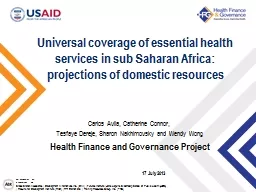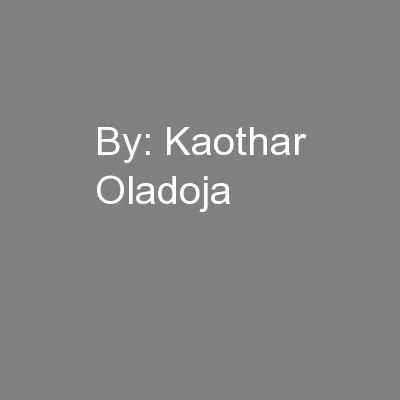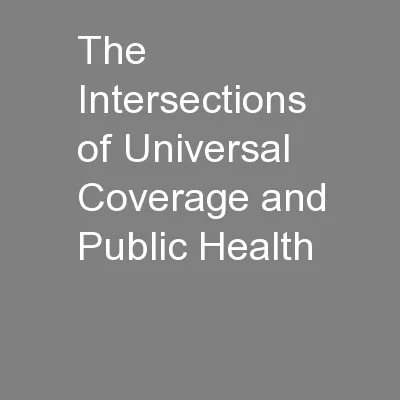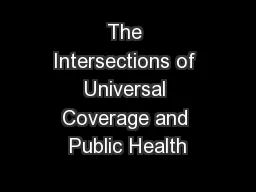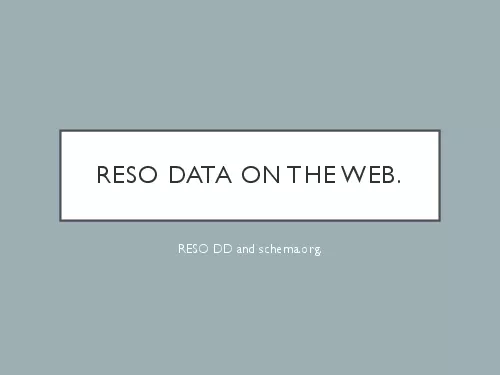PPT-Universal coverage of essential health services in sub Saharan Africa: projections of
Author : lindy-dunigan | Published Date : 2018-12-05
Carlos Avila Catherine Connor Tesfaye Dereje Sharon Nakhimovsky and Wendy Wong Health Finance and Governance Project 17 July 2013 Outline Background Questions addressed
Presentation Embed Code
Download Presentation
Download Presentation The PPT/PDF document "Universal coverage of essential health s..." is the property of its rightful owner. Permission is granted to download and print the materials on this website for personal, non-commercial use only, and to display it on your personal computer provided you do not modify the materials and that you retain all copyright notices contained in the materials. By downloading content from our website, you accept the terms of this agreement.
Universal coverage of essential health services in sub Saharan Africa: projections of: Transcript
Download Rules Of Document
"Universal coverage of essential health services in sub Saharan Africa: projections of"The content belongs to its owner. You may download and print it for personal use, without modification, and keep all copyright notices. By downloading, you agree to these terms.
Related Documents

